
16 Sep 2024
Introduction of Grid-Forming Energy Storage
According to a report from the International Energy Agency (IEA), solar PV has created a record of acctracting USD 480 billion in spending in 2023; more than all other power generation technologies combined; while investment in coal power has fallen by 40% since 2021. Obviously, the penetration of renewable energy in the power system is significantly increasing. However, the renewable energy does not have rotation inertia and damping characteristics of traditional synchronous generator rotors. Its anti-interference, overload capacity, frequency and voltage regulation and other aspects of the ability is insufficient. The continuous of new energy power will bring wide frequency oscillation, low inertia, high volatility, weak support and a series of outstanding problems to the grid.
Given that conventional 'fixing' methods are no longer sufficient to address the issue, a new energy storage technology solution has emerged, which utilizes energy storage inverters as a platform and focuses on grid-forming control to build synchronous power sources, providing inertia and voltage support for grid.
Principle of Grid-Forming Energy Storage
Grid-forming energy storage is a solution to address the safety and stability issues arising from the "dual high" trends in the power system. The "dual high" refers to a high proportion of renewable energy and a high proportion of power electronic devices, which increases the difficulty of system regulation and raises the requirements for active support from power sources. This technology utilizes virtual synchronous generator technology to strengthen the grid by replicating the behaviour and performance of synchronous motors. It enables rapid frequency and voltage regulation, increases inertia and short-circuit capacity, and suppresses wide-frequency oscillations. It can operate in both on-grid and off-grid modes.
Technical Barriers and Challenges
Globally, grid-forming energy storage is considered as a cutting-edge technology with high technical barriers. Currently, only few energy storage manufacturers possess the technical capability for grid-forming energy storage.
Firstly, grid forming required a control technology for electronic power devices. Compared to grid-following energy storage, grid-forming energy storage requires changes to the fundamental control framework and needs to enhance self-adaptive capabilities in scenarios involving grid disturbances. This necessitates manufacturers to have a solid development capability in power electronics technology. Secondly, grid forming required a system control technology at the station level, which challenges manufacturers' software capabilities and system control analysis capabilities. Thirdly, a deep understanding of the operating mechanisms of power systems is required, which demands that energy storage companies have rich practical cases and experience accumulation.
Technological and Practical Accumulation of Kehua
Unlike other fields, if energy storage manufacturer lack the aforementioned technical capabilities, it is extremely difficult to develop high-performance, high-reliability grid-forming energy storage system solutions in a short time. As a global leader in energy storage system solutions, Kehua has continuously focused on the power electronics field for 36 years and has accumulated over a decade of experience in micro-grid and energy storage, particularly maintaining a leading market share in the energy storage PCS sector for several consecutive years. Its profound technical foundation, solid technological innovation, reliable product quality, and practical experience in providing diversified solutions across various application scenarios have enabled Kehua to accumulate extensive knowledge and expertise in grid-forming foundational technology, practical applications, and grid support.
Kehua can be considered one of the earliest companies engaged in the research, development, and practical implementation of grid-forming energy storage. As early as 2018, Kehua began researching virtual synchronous generator control strategies for energy storage systems and achieved grid connection in voltage source mode for energy storage inverters within the same year.
In 2019, Kehua constructed a micro-grid project in Micronesia using a photovoltaic + energy storage + diesel direct current bus topology solution, validating the grid-forming technical performance of Kehua's energy storage products.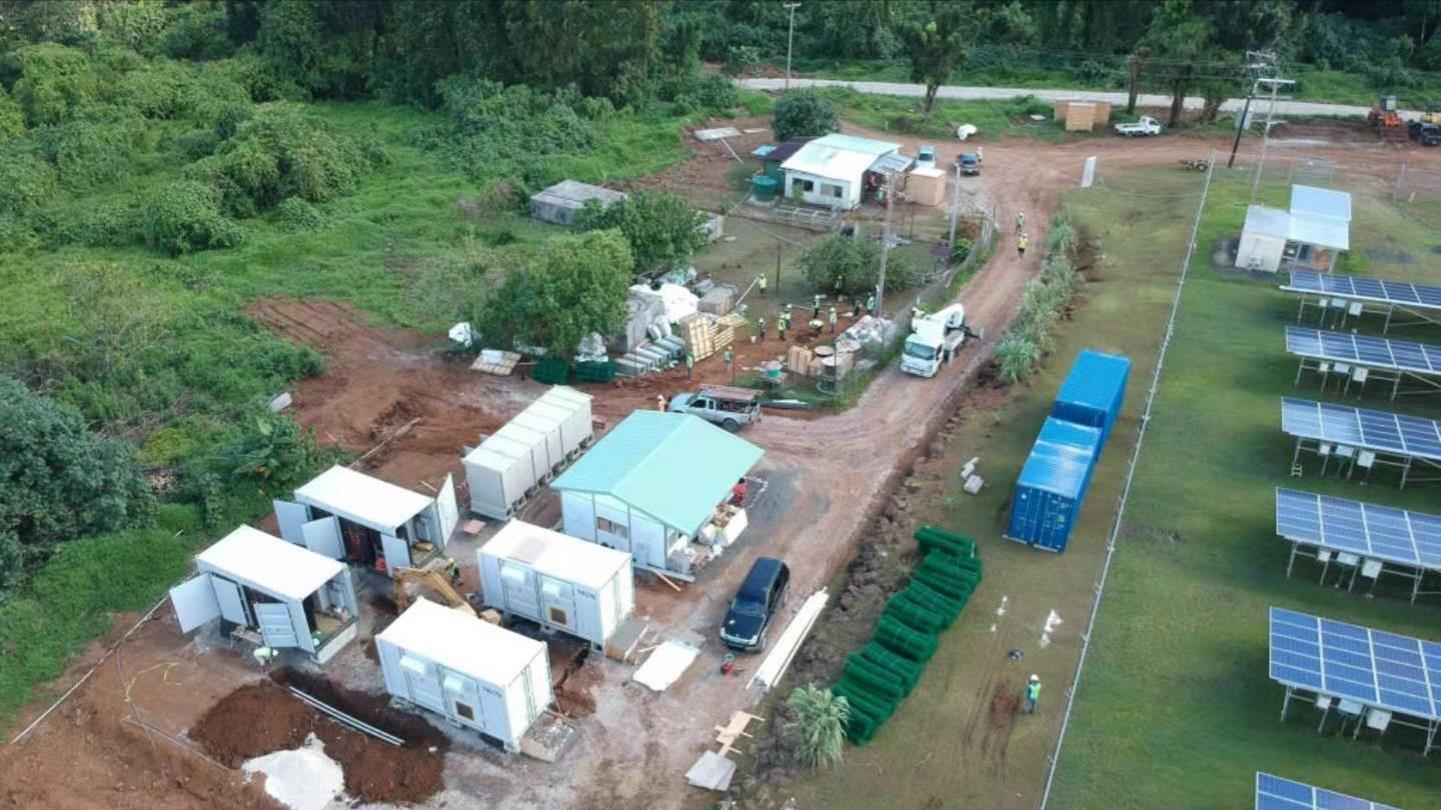 Image: micro-grid project in an island of Micronesia
Image: micro-grid project in an island of Micronesia
In 2020, Kehua innovated a grid-forming VSG parallel technology to provide power support for energy storage inverters and achieved seamless independent load switching in an energy storage exploration project in an oilfield in western China, successfully supporting impulse loads. Image: Energy storage project in an oil field in northwestern China
Image: Energy storage project in an oil field in northwestern China
In 2021, Kehua's PCS, utilizing grid-forming control technology, assisted in achieving the China's first grid-forming black-start for the 9E series gas power generation unit. The project served for Shenzhen Thermal Power Plant. All PCS on-site completed two synchronous phase adjustments and voltage regulation under load conditions in voltage source mode, achieving seamless switching between two different buses in a single start.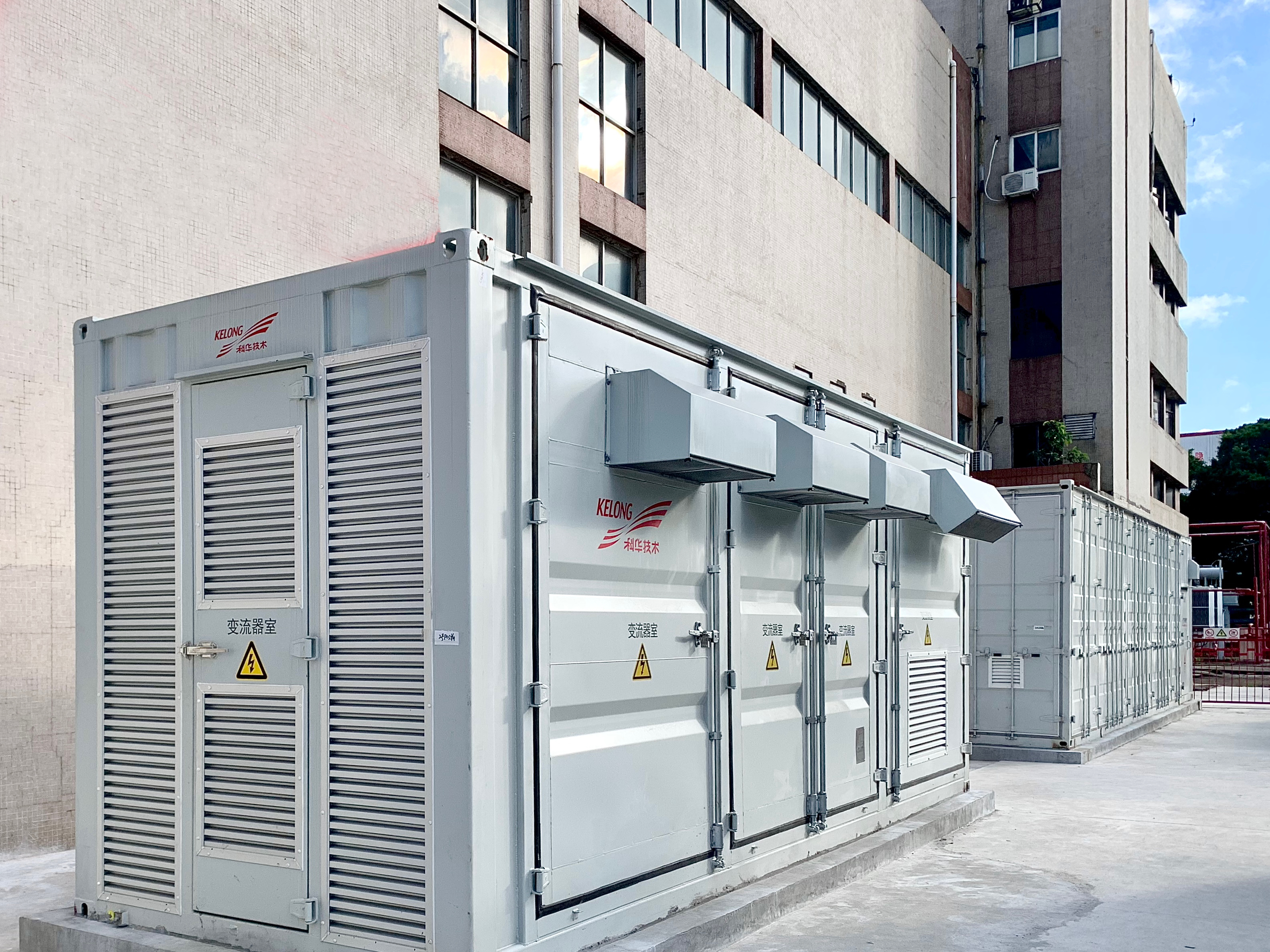 Image: China's first grid-forming black-start for the 9E series gas power generation unit
Image: China's first grid-forming black-start for the 9E series gas power generation unit
In 2022, Kehua provided a grid-forming micro-grid solution for the power department of a Middle Eastern oil ministry, employing grid-forming energy storage combined with photovoltaic inverters and diesel generators, tailored to the characteristics of weak grids.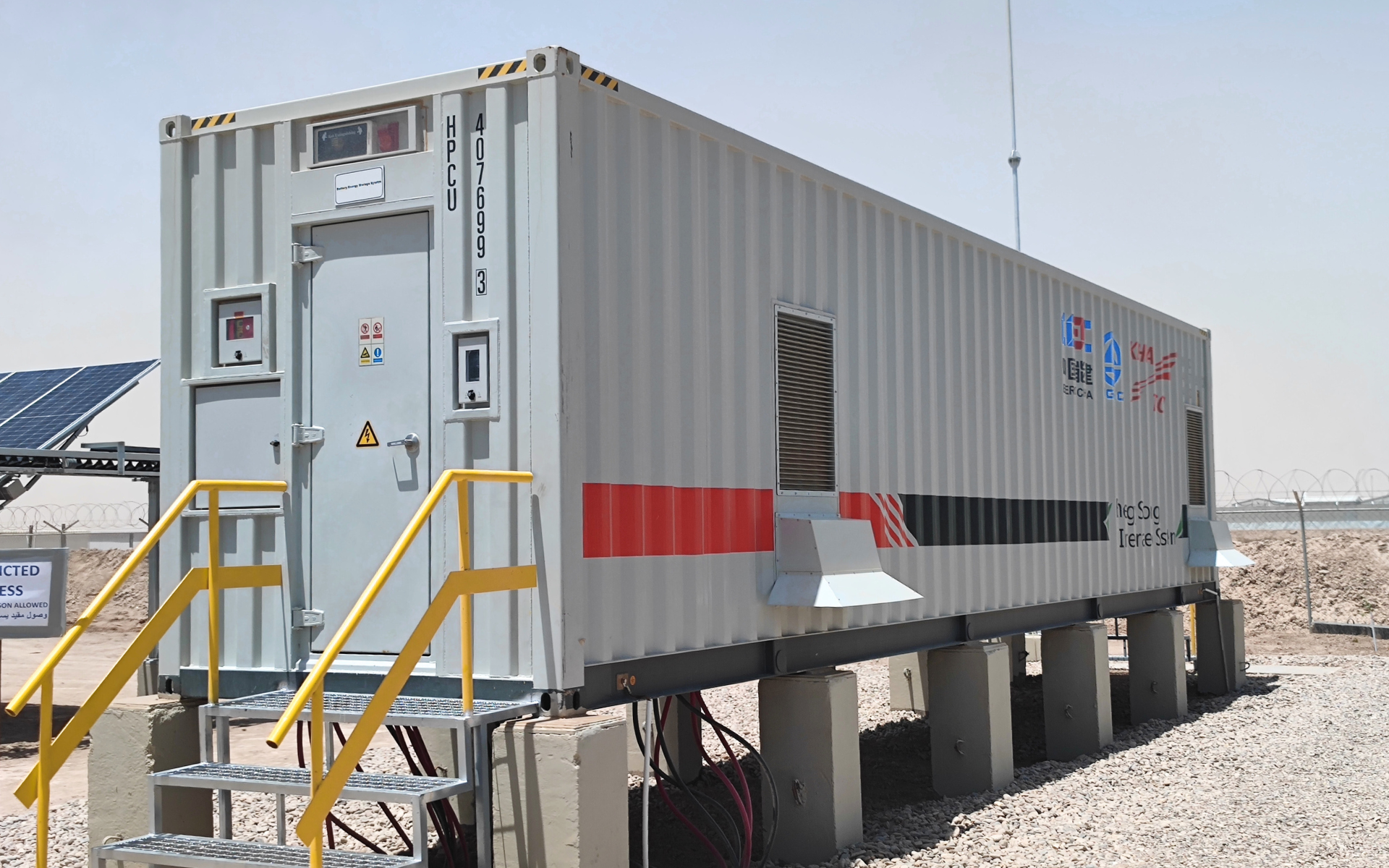 Image: Grid-forming micro-grid project in the Middle East
Image: Grid-forming micro-grid project in the Middle East
In 2023, Kehua took the lead in applying grid-forming energy storage technology in a hundred MW-level energy storage project, enhancing the system's interference resistance and active support capabilities. By the end of the year, Kehua secured the bid for the world's largest grid-forming energy storage project—the 300MW/1200MWh grid-forming energy storage project in Northwest China.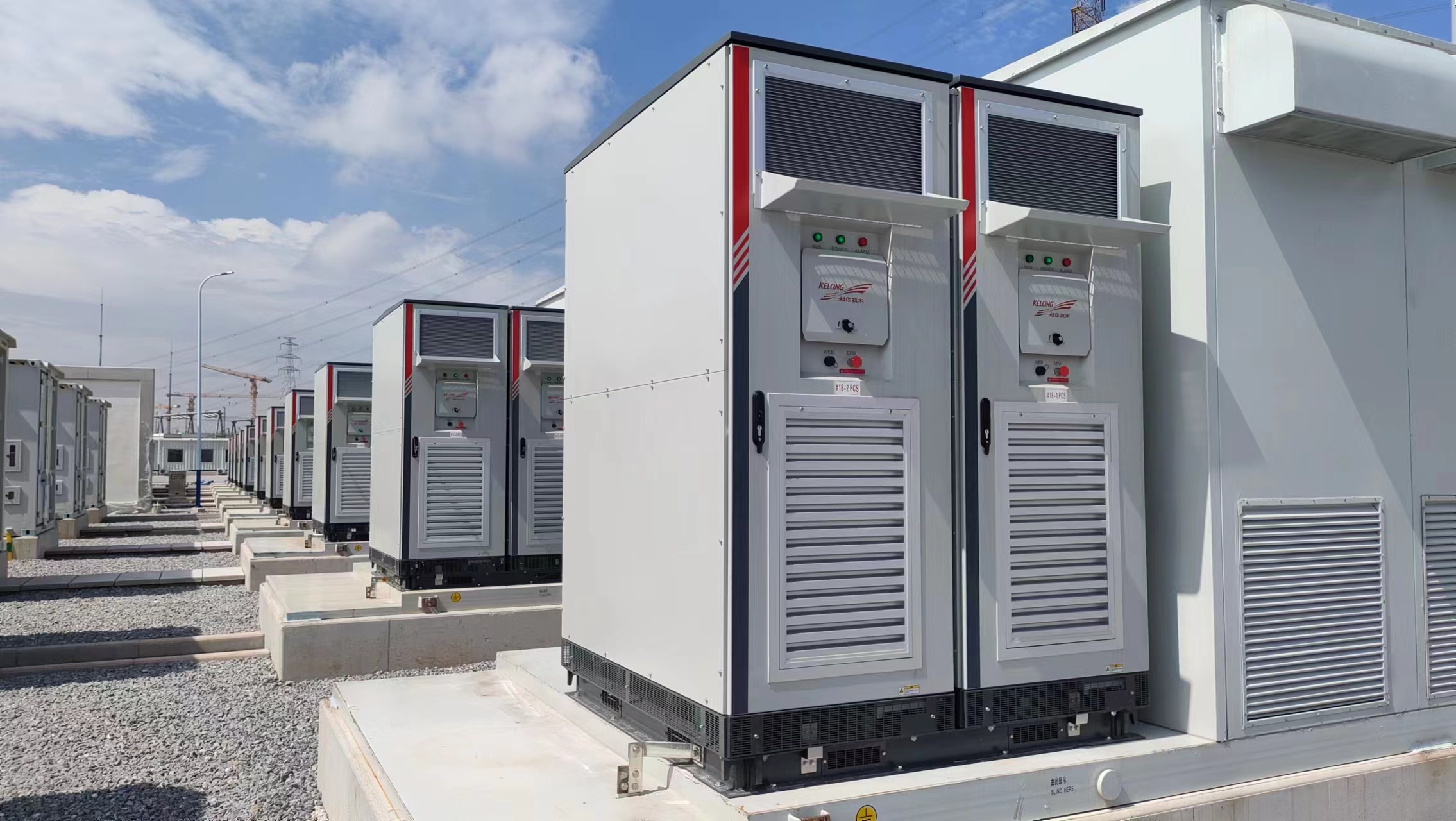 Image: 100MW/200MWh energy storage project in Ningxia, China
Image: 100MW/200MWh energy storage project in Ningxia, China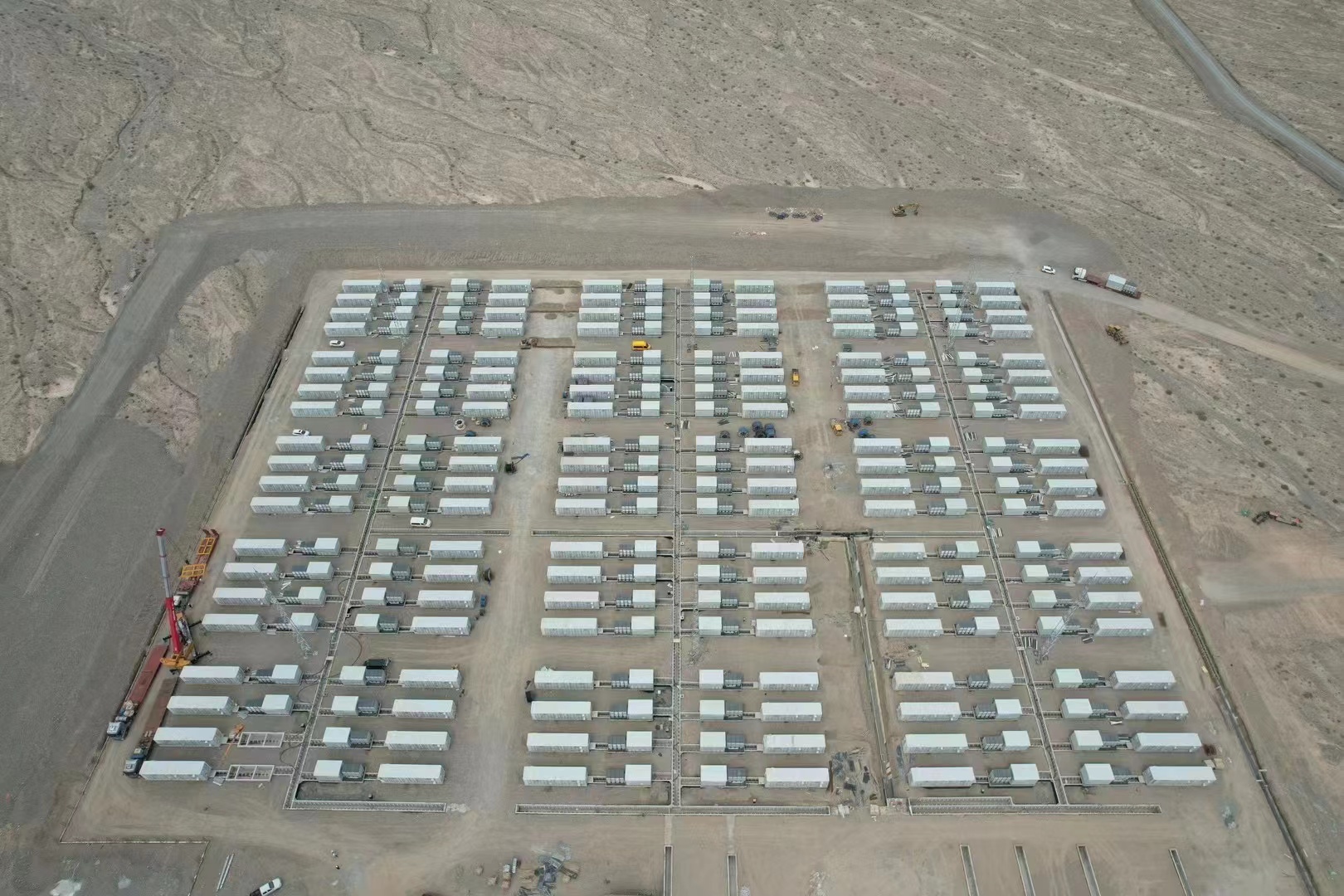 Image: Ongoing construction of the world's largest grid-forming energy storage project, featuring a capacity of 300MW/1200MWh, located in northwest China.
Image: Ongoing construction of the world's largest grid-forming energy storage project, featuring a capacity of 300MW/1200MWh, located in northwest China.
In 2024, Kehua's energy storage PCS became the first device which pass the comprehensive grid-forming energy storage grid connection performance testing by the China Electric Power Research Institute and the first device which received certification for grid-forming energy storage inverters from CQC, establishing itself as a true leader in grid-forming technology. Kehua's grid-forming energy storage technology has demonstrated its practicality and advancement with multiple worldwide projects. Each project experience continuously feeds back into Kehua's design capabilities for grid-forming energy storage technology, helping Kehua create higher-value solutions for its customers and accelerating the comprehensive application of grid-forming energy storage technology.